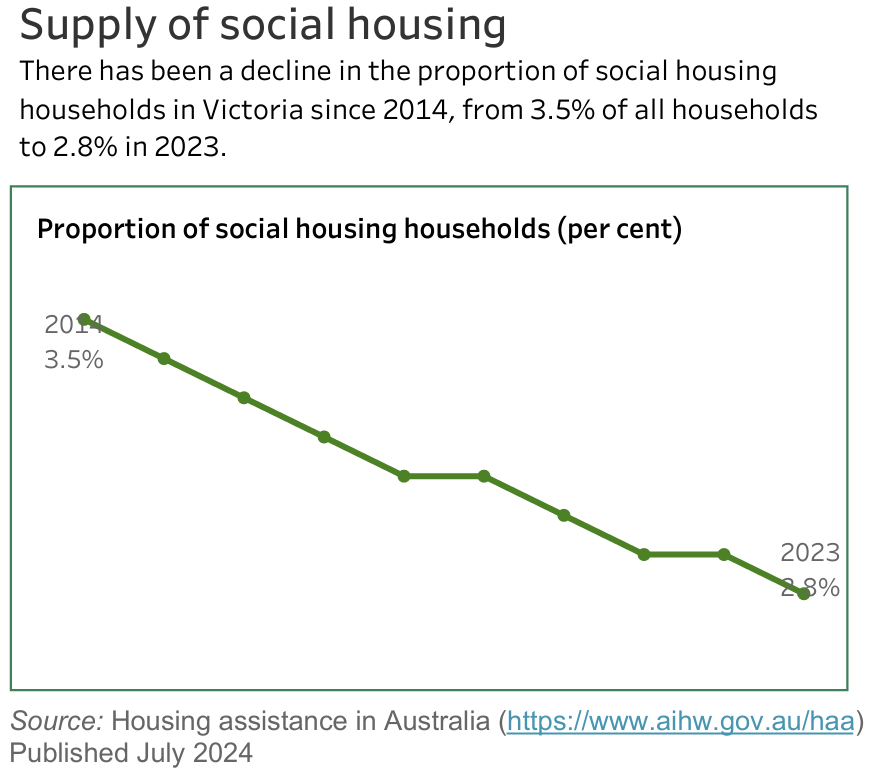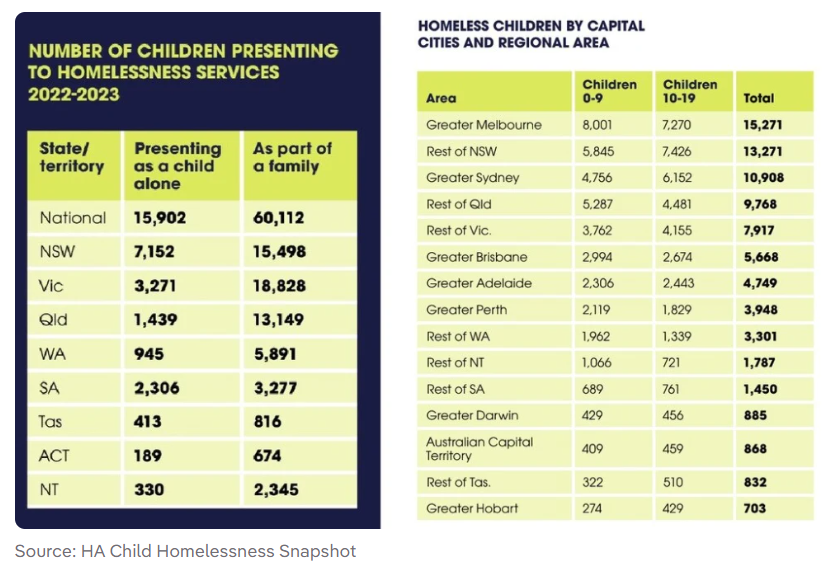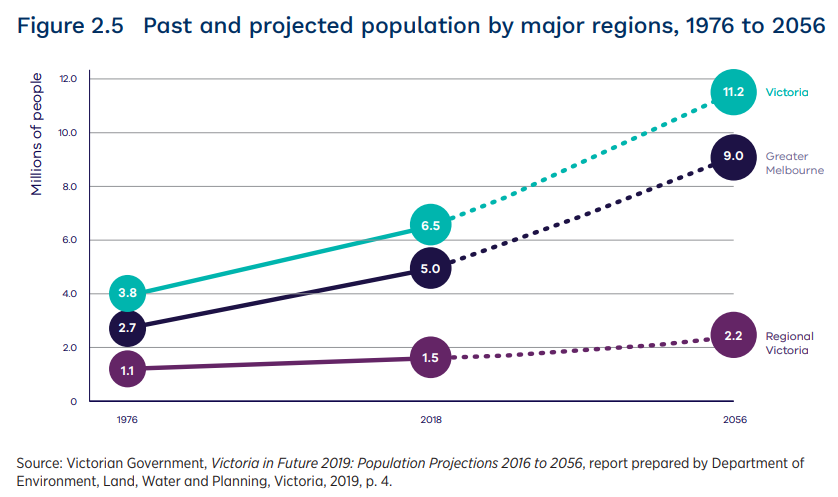Victoria is the capital of homelessness in Australia.
Victoria has the lowest proportion of social housing in Australia, accounting for only 2.8% of total dwellings. This is much lower than the 4.1% national average, which is already low by worldwide standards.

Last year, The Guardian reported that Victoria’s social housing stock expanded by only 74 units in four years “despite a huge waiting list” that “has grown by about 45% – from about 44,000 applications in June 2018 to 64,168 in June 2022”.
7News also reported that the Victorian government had “demolished more public housing than it has built over the last four years,” with government data revealing “that for every 26 homes taken out of the system, only 12 are being rebuilt.”
The Age reported in May 2024 that Victoria has thousands of empty public housing units and the lowest occupancy rate in the country.
The Productivity Commission estimates that Victoria had 64,720 public housing units at the end of 2022-23. This contrasts with 64,404 in the financial year ending June 2015, meaning a net increase of little more than 300 public housing units in eight years.
Victoria’s public housing occupancy percentage has steadily dropped under Labor’s ‘Big Build’ program, from 98.1% in 2016, to 96.4% in 2019, 94.8% in 2022, and 93.7% in June 2023.
In June 2023, Victoria’s public housing occupancy rate (93.7%) was much lower than those of Queensland (98.2%), New South Wales (97.0%), and Western Australia (96.8%).
Last month, the Herald-Sun reported that “more than 100 homes have been lost from Victoria’s public housing” during the “worst housing crisis in living memory”.
“In the 2022-23 financial year, Homes Victoria had acquired 854 private properties to be used as part of their head leasing program, but from July 1, 2023 to April 2024, that number dropped to 747”.
This month, the Herald-Sun reported that “Melbourne has become Australia’s youth homelessness capital with more than 15,000 needing help to keep a roof over their head”.
“Council to Homeless Persons chief executive Deborah Di Natale said both state and federal government’s were in an “incredibly alarming situation”, with more homeless children in Greater Melbourne than any other city or region in the nation”.

Last week we learned (here and here) that public land in Preston that was formerly designated for 140 social and affordable homes will be sold to private developers. And now, only 10% (14 units) will be designated as “affordable” housing.
This follows the state government’s decision the prior week to sell the former VicRoads headquarters in Kew to a developer for 500 dwellings, with only 10% designated for “affordable” housing.
This week, 9News reported that “brand new social housing is sitting empty in Melbourne, despite being completed more than six months ago and a sky-rocketing waiting list”.
The mixed housing developments have been built in Prahran, Brighton and Flemington as part of a $519 million investment from the Victorian government. They consist of social, affordable, and market-rent homes.
However, across the three developments, just over a quarter of the social housing units are sitting uninhabited.
Victorian Public Tenants Association chief executive Katelyn Butterss described the situation as “incredibly disappointing”.
The increase in Victorian homelessness has occurred alongside a population expansion of 2.3 million people this century, with the state officially forecast to add another 4.2 million people by 2056:

As population demand continues to overrun supply, Victoria’s housing situation will inevitably deteriorate, forcing many more Victorians to live on the streets.
The Victorian government is more interested in wasting $200 billion on the Suburban Rail Loop to nowhere than fulfilling basic state government responsibilities.

